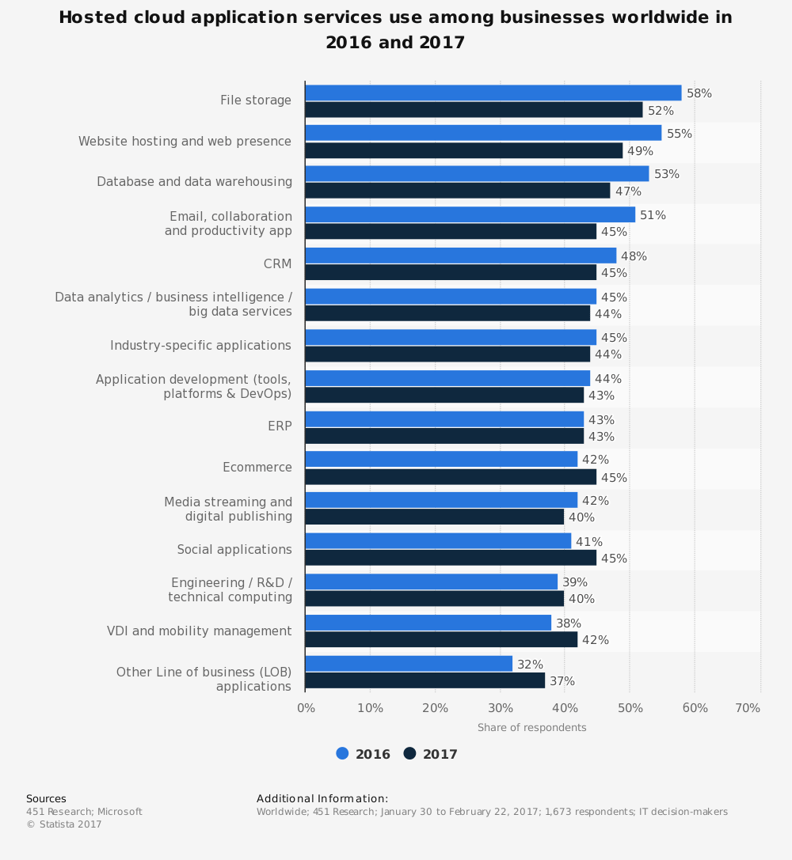- Community Home
- >
- Services
- >
- The Cloud Experience Everywhere
- >
- 3 Changes in Citrix VDI & Workspace: The End of th...
Categories
Company
Local Language
Forums
Discussions
Forums
- Data Protection and Retention
- Entry Storage Systems
- Legacy
- Midrange and Enterprise Storage
- Storage Networking
- HPE Nimble Storage
Discussions
Forums
Discussions
Discussions
Discussions
Forums
Discussions
Discussion Boards
Discussion Boards
Discussion Boards
Discussion Boards
- BladeSystem Infrastructure and Application Solutions
- Appliance Servers
- Alpha Servers
- BackOffice Products
- Internet Products
- HPE 9000 and HPE e3000 Servers
- Networking
- Netservers
- Secure OS Software for Linux
- Server Management (Insight Manager 7)
- Windows Server 2003
- Operating System - Tru64 Unix
- ProLiant Deployment and Provisioning
- Linux-Based Community / Regional
- Microsoft System Center Integration
Discussion Boards
Discussion Boards
Discussion Boards
Discussion Boards
Discussion Boards
Discussion Boards
Discussion Boards
Discussion Boards
Discussion Boards
Discussion Boards
Discussion Boards
Discussion Boards
Discussion Boards
Discussion Boards
Discussion Boards
Discussion Boards
Discussion Boards
Discussion Boards
Discussion Boards
Discussion Boards
Community
Resources
Forums
Blogs
- Subscribe to RSS Feed
- Mark as New
- Mark as Read
- Bookmark
- Receive email notifications
- Printer Friendly Page
- Report Inappropriate Content
3 Changes in Citrix VDI & Workspace: The End of the Desktop?
The desktop is dead. Long live the desktop
As the trend towards mobile, agile working continues, the local PC is no longer the simplest way to deploy and manage enterprise desktops. By 2020, remote workers will make up half of the workforce, making flexible workspaces one of the biggest targets for any organisation undergoing digital transformation.
While the desktop itself isn’t going anywhere, the way we access it will likely change for good.
In the pursuit of secure productivity, many businesses are turning to Citrix VDI to meet both user and workload demands.
Citrix VDI: the Workspace of Today and Tomorrow
In 2017, 42 percent of businesses were using VDI (Virtual Desktop Infrastructure) as part of hosted cloud application services. This is up 4 percent from the previous year, with all the evidence suggesting the market will continue to grow.
 42 percent of businesses are now using VDI and mobility management in the cloud – up 4 percent from the previous year.
42 percent of businesses are now using VDI and mobility management in the cloud – up 4 percent from the previous year.
The force behind this investment are solutions such as Citrix VDI, which offer users a more efficient and secure way to access their workspace. As more and more organisations make the switch to cloud computing, Citrix is using its industry expertise to craft the workspace of the future right now.
Here are just a few ways Citrix is innovating in the cloud workspace sector.
1. Integrated Apps and Desktops
From an end-user perspective, application and desktop delivery needs to be seamless and simplistic.
Most of us don’t care where our workspace is hosted, as long as the performance doesn’t suffer as a result.
With Citrix VDI, users can access applications and desktops from any device in any location. Employees have come to expect this level of autonomy and integration in their working lives – a fact that Citrix has been quick to zero in on.
2. Containerised Security
Despite their best intentions, users tend to bypass traditional security measures if they believe these defences are restricting productivity. Containerising apps means they can access resources without compromising other parts of the operating system.
Containers are set to take over from virtual machines as the next big thing in workspace design. Citrix solutions are helping pioneer this movement by delivering containerised apps and desktops that prevent malicious downloads from infiltrating the rest of the OS.
3. Faster, more Flexible Workspace Deployment
It can take several hours of IT labour to set up, provision, and deploy a new PC – time better spent on innovation and transformation.
With Citrix VDI, you have the power to spin up new virtual desktops on-demand, catering for fluctuating workloads, seasonal hires, and onboarding during mergers and acquisitions.
The cloud has made computing more elastic than ever and, with a solution such as Citrix on Azure, you can take full advantage of this scalability to deploy desktops without hauling IT away from more important projects.
Future-proof with Citrix Workspace
PC sales have been falling for the last five years, according to Gartner, with reduced interest from both the personal and business sectors. End-users are now far more likely to opt for tablets, smartphones, or thin clients as their chosen work device, calling for a new method of desktop delivery.
As the way we work changes, Citrix VDI is adapting to meet new demands, focusing on security and productivity. While cloud workspaces are still in their infancy today, in five years’ time they may form the basis of nearly every enterprise desktop, whether as a service or as part of a hybrid solution.
- Back to Blog
- Newer Article
- Older Article
- Deeko on: The right framework means less guesswork: Why the ...
- MelissaEstesEDU on: Propel your organization into the future with all ...
- Samanath North on: How does Extended Reality (XR) outperform traditio...
- Sarah_Lennox on: Streamline cybersecurity with a best practices fra...
- Jams_C_Servers on: Unlocking the power of edge computing with HPE Gre...
- Sarah_Lennox on: Don’t know how to tackle sustainable IT? Start wit...
- VishBizOps on: Transform your business with cloud migration made ...
- Secure Access IT on: Protect your workloads with a platform agnostic wo...
- LoraAladjem on: A force for good: generative AI is creating new op...
- DrewWestra on: Achieve your digital ambitions with HPE Services: ...


